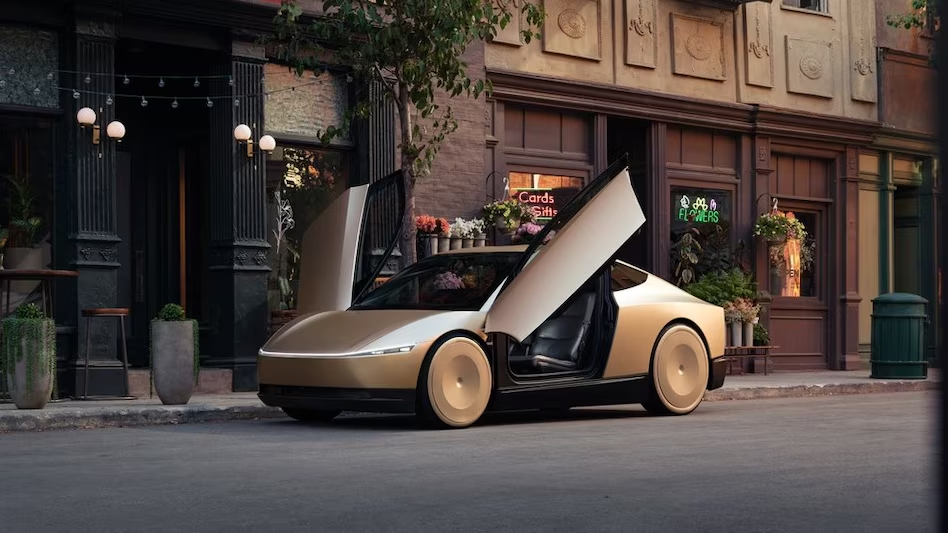
Los Angeles: A New Era for Transportation
Tesla CEO Elon Musk unveiled a highly anticipated robotaxi, dubbed the Cybercab, at an event on Thursday. This innovative vehicle features two gull-wing doors and lacks a steering wheel or pedals, representing a significant leap toward fully autonomous transportation.
Production and Pricing Plans
Musk announced that production of the Cybercab will commence in 2026, with a targeted price point of under $30,000. He also highlighted that the operating cost would be an economical 20 cents per mile, making it an attractive option for potential users.

Maximizing Vehicle Usage
During his presentation, Musk emphasized the untapped potential of autonomous vehicles. “The vast majority of the time, cars are just doing nothing,” he noted. “But if they’re autonomous, they could be used five times more, maybe 10 times more.”
Event Highlights and Industry Reception
The event, held at Warner Bros studio, drew significant attention on social media, with high expectations surrounding the announcement. However, investors and analysts have raised concerns about the technological challenges and practicalities of implementing the robotaxi concept.
The Future of Tesla’s Fleet
Musk envisions a fleet of self-driving Cybercabs that passengers can summon via an app. Individual Tesla owners will also have the opportunity to earn money by listing their vehicles as robotaxis on the platform.
A Nod to Science Fiction
The event was titled “We, Robot,” a reference to Isaac Asimov’s iconic “I, Robot” stories, reflecting Musk’s vision of Tesla as an AI robotics company rather than just a traditional automaker. Attendees included investors, stock analysts, and Tesla enthusiasts, all eager to learn more about the robotaxi initiative.
Investor Concerns and Market Competition
Questions lingered regarding the timeline for ramping up production, cost considerations, and the potential profitability of the robotaxi business. Analysts also highlighted the importance of Tesla’s Full Self-Driving (FSD) software in underpinning the robotaxi fleet.
A History of Missed Promises
Musk previously stated in 2019 that operational robotaxis would be available by 2020, but the timeline has been delayed. With Tesla facing the risk of its first decline in deliveries this year, the urgency to demonstrate a viable robotaxi prototype and a solid business plan has intensified.
Technological Challenges
Tesla’s reliance on cameras and AI, rather than the expensive lidar systems used by competitors, aims to keep costs manageable. However, the FSD technology has faced regulatory scrutiny and legal challenges, with incidents raising safety concerns.
As Tesla embarks on this ambitious venture, the road ahead will require overcoming significant technological and regulatory hurdles to realize Musk’s vision for a new era of transportation.


